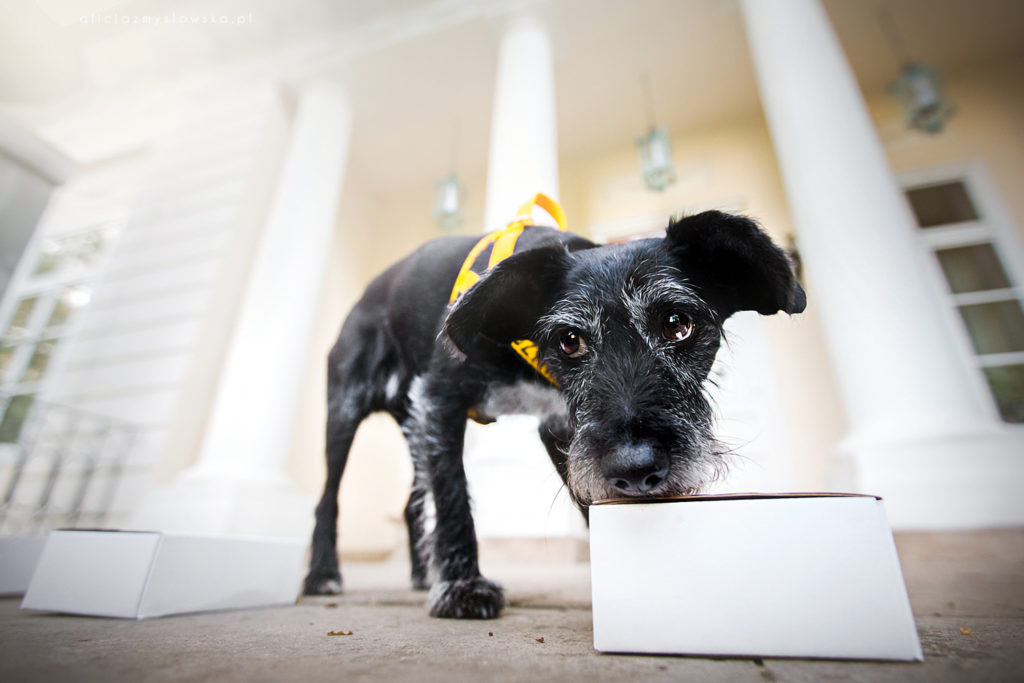
Do it again. One more time
I can bet that everyone who has ever trained dogs knows these words pretty well. Just one more repetition… I’ll do it again just one more time. That is how you end up entangled in a vicious circle of unnecessary repetitions which leads to destroying training session, motivation and resulting in a reverse outcome
It is a classic scenario. You practice going around a cone for ten maybe even twenty times in a row. All is going great. You focus on precision or speed or maybe both of them. And it is all improving. You are about to stop but there it is. This wicked whisper in your head. “I will do it again, jest one more rep”. You say the cue and… The dog does not know what you want. How is that possible of that is what you have been doing for the passed ten minutes. So you try it again… And again… And hundred times of again. Because he knew this, because you have seen him doing it better, faster. Now you have a dog who is less and less motivated and finally gets stuck (if you have a fragile dog this is a nail in the coffin). If you are lucky the best you can get is poorer exercises quality. You get frustrated which makes the atmosphere is getting “heavy” and the dog learns that training can be associated with nerves, boredom, never ending challenge.

Repeating the exercise over and over again until the dog says NO is like digging a hole under yourself. Each time the hole deeper and it more difficult to get out of it. And all you have to do is to say ENOUGH in the first place.
That is why it is so important to create and follow a good training plan. This is a topic for another article which I will write in two weeks.
But with “do it again” thing we need to cover few more things. If you happen to fall into this frustrating vicious cycle of endless “do it agains” too often it means you fail to properly prepare for training.
It does not mean that you need to state the exact numbers of repetitions. I do not see the point of planing like this: ten stand under march, five squares and ten go around the cone. It is not what it should be about. What will this ten repetitions give you? Why ten and not nine, eight or five? The most important thing is the goal of this particular session. Why do you do these behaviors in the first place? What do you want to achieve during this lesson? What criteria you want to meet? What is your goal? Each session should be a part of long term plan. You should not come unprepared for work. What you expect from your dog also applies to you. You can not simply have a lesson of fifteen repetitions of a behavior without established purpose. If your goal is to have a better speed or more precision stop doing it when you reach it. Finish your session without “just one more time”. The ability of observation and adjusting is crucial while working with dogs.you have to know what you plan was and when it was done. It may be impossible to fullfil it. You have to be ready for this one also. Sometimes it is better to end a session without some spectacular achievement than to fall in a viscous circle of reps.
Everyone of us has been or currently is on the “do it again” phase. It is a lesson we all have to take. If only we can learn from it, we will become better handlers with better understanding of our dogs. So next time you feel unsatisfied craving to “do it again” take a break and count to ten. Think is it what you really necessary, does it make sense? Sometimes less is better than more.

